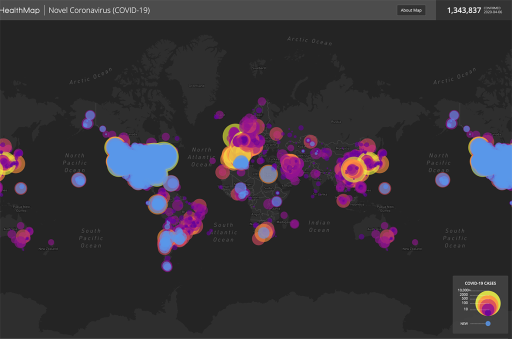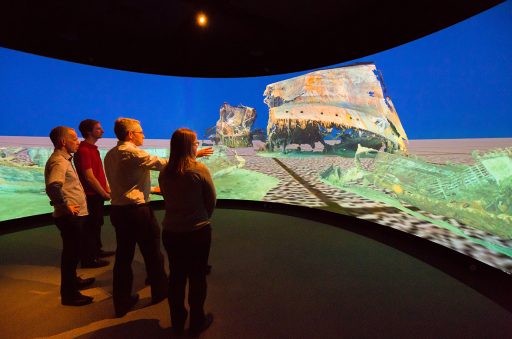The Okinawa island is considered to be one of the most attractive sites in Japan. In February 2021, the beautiful landscapes of Okinawa will be the shooting location for one of the world’s most ambitious video streaming experiments.
The Biodiversity Climate Change Virtual Lab (BCCVL) is one of the most accessed services via the Australian Access Federation (AAF), the national provider for federated single sign-on.
The Square Kilometre Array, known as the SKA, will become the world’s biggest radio telescope, surveying the sky ten thousand times faster than ever before.
A new genomics resource has been established to help understand and protect Australia’s unique reptiles and amphibians.
In the past few months data about the COVID-19 pandemic has been collected, aggregated and analysed at a rapid pace. As data is collected, published and updated daily worldwide, the coronavirus outbreak may become the most visualised data ever. COVID-19 Open To help improve the timely access to data in the COVID-19 emergency the World…
The global network of interconnected National Research and Education Networks is boosting international capacity where needed as part of the global rapid response to the recent novel coronavirus disease (COVID-19) outbreak.
The international iPSYCH project identifies genes related to specific mental illnesses to inspire development of better medicine and earlier diagnosis.
An ambitious project is creating digital 3D reconstructions of shipwrecks for virtual underwater heritage museum experiences
Australian scientists on the hunt for gravitational waves rely on AARNet for transferring data from LIGO detectors in the USA to OzGrav nodes in Australia for analysis.










